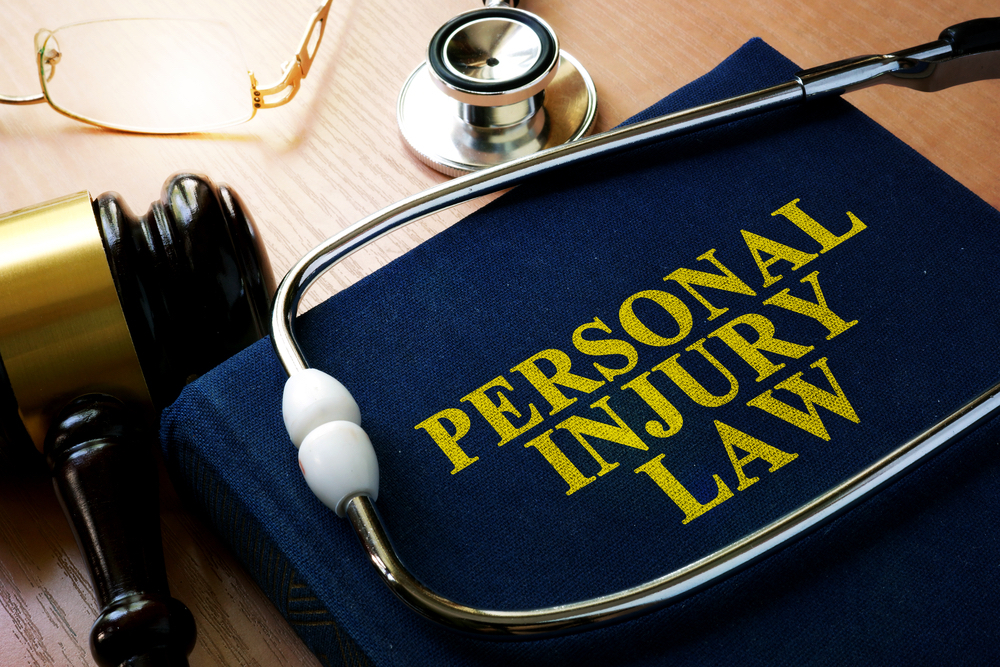
3 Things to Know About Pain and Suffering Claims
“Pain and suffering” claims refer to injuries, both mental and physical, sustained in a preventable accident. Any sustainable pain you suffer following your accident can be cause for a settlement. If you are the victim of an accident resulting in pain and suffering, it is important you contact our personal injury lawyers as soon as possible. Here are 4 things to know about pain and suffering claims:
1. What Qualifies as Pain and Suffering?
 As previously stated, anything involving lingering mental and physical pain following an accident can be qualified as “pain and suffering” in your case. Pain caused by someone’s else’s negligence can last for weeks, months and even years. Regardless of if the injuries are emotional or physical, they can leave you in anguish for long periods of time, if not permanently. Receiving your settlement can help you combat the financial burden that comes with these injuries and can make the recovery process much easier.
As previously stated, anything involving lingering mental and physical pain following an accident can be qualified as “pain and suffering” in your case. Pain caused by someone’s else’s negligence can last for weeks, months and even years. Regardless of if the injuries are emotional or physical, they can leave you in anguish for long periods of time, if not permanently. Receiving your settlement can help you combat the financial burden that comes with these injuries and can make the recovery process much easier.
In some cases when the injuries result in the victim’s death, the family can bring a wrongful death claim on behalf of their loved one. The party at fault will be held accountable of their actions and be required to pay for medical bills, lost wages and loss of consortium. Loss of consortium is the suffering experienced by family members after the loss of their loved one. In these cases, the family is often eligible for special awards and compensation.
2. How is Pain and Suffering Calculated?
There is no set method by which a jury would be asked to put a value on pain and suffering. No formula is provided to them by the court or other source. It is supposed to be a fair amount of money (not to little or too much) to fairly compensate the injured person, based on the nature and extent of their injuries and the impact it has upon the injured person’s life.
3. How to Prove Pain and Suffering
 When you bring your case to court, you’ll want proof of pain and suffering as a result of whatever trauma you’ve experienced. Types of evidence include things like doctor’s records or other medical evidence, photographs, personal journals with proof of pain documentation or therapist and counselor notes. The more evidence you provide, the more likely you are to be fully compensated.. Your lawyers can help you gather this evidence before presenting your case to a judge, jury, or insurance company.
When you bring your case to court, you’ll want proof of pain and suffering as a result of whatever trauma you’ve experienced. Types of evidence include things like doctor’s records or other medical evidence, photographs, personal journals with proof of pain documentation or therapist and counselor notes. The more evidence you provide, the more likely you are to be fully compensated.. Your lawyers can help you gather this evidence before presenting your case to a judge, jury, or insurance company.
Now that you know more about pain and suffering claims, you can begin gathering evidence for your case. Contact one of our personal injury lawyers so they can help you collect what you and your family are owed today!




